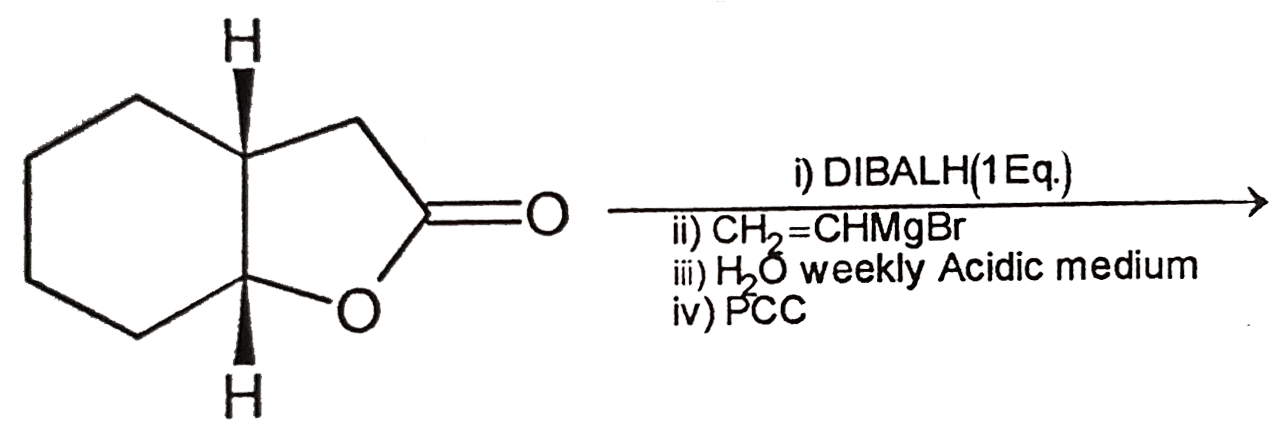Which of the following is an autotroph?
Fungi
Algae
Amoeba
Rhizobium
To determine which of the following is an autotroph, we need to understand what an autotroph is and analyze the options provided.
1. Understand Autotrophs:
- Autotrophs are organisms that can produce their own food through processes like photosynthesis or chemosynthesis. They do not rely on other organisms for nutrition.
2. Analyze the Options:
- Fungi: Fungi are heterotrophs; they obtain their food by decomposing organic matter. They do not produce their own food.
- Algae: Algae are autotrophs; they can perform photosynthesis to create their own food using sunlight.
- Amoeba: Amoeba are heterotrophs; they consume other organisms for food.
- Rhizome: This term typically refers to a type of plant stem, but if we consider it as a general term, it does not represent an organism that can produce its own food.
3. Identify the Correct Answer:
- Based on the analysis, the only organism from the options that can produce its own food is Algae.
4. Conclusion:
- Therefore, the correct answer to the question "Which of the following is an autotroph?" is Algae.
- Autotrophs are organisms that can produce their own food through processes like photosynthesis or chemosynthesis. They do not rely on other organisms for nutrition.
- Fungi: Fungi are heterotrophs; they obtain their food by decomposing organic matter. They do not produce their own food.
- Algae: Algae are autotrophs; they can perform photosynthesis to create their own food using sunlight.
- Amoeba: Amoeba are heterotrophs; they consume other organisms for food.
- Rhizome: This term typically refers to a type of plant stem, but if we consider it as a general term, it does not represent an organism that can produce its own food.
- Based on the analysis, the only organism from the options that can produce its own food is Algae.
- Therefore, the correct answer to the question "Which of the following is an autotroph?" is Algae.
Topper's Solved these Questions
- KINGDOM CLASSIFICATION IBOOK - ICSECHAPTER - KINGDOM CLASSIFICATION IEXERCISE - EXERCISES (SECTION I (TRUE OR FALSE))
7 Videos
- KINGDOM CLASSIFICATION IBOOK - ICSECHAPTER - KINGDOM CLASSIFICATION IEXERCISE - EXERCISES (SECTION I (STATE THE FUNCTION/USE OF THE FOLLOWING))
5 Videos
- KINGDOM CLASSIFICATION IBOOK - ICSECHAPTER - KINGDOM CLASSIFICATION IEXERCISE - EXERCISES (SECTION I (NAME THE FOLLOWING))
8 Videos
- HUMAN BODY: THE NERVOUS SYSTEMBOOK - ICSECHAPTER - HUMAN BODY: THE NERVOUS SYSTEMEXERCISE - PICTURE STUDY
10 Videos
- KINGDOM CLASSIFICATION IIBOOK - ICSECHAPTER - KINGDOM CLASSIFICATION IIEXERCISE - EXERCISES (SECTION II (LONG ANSWER QUESTIONS))
5 Videos
Similar Questions
Knowledge Check
Which of the following statements is/are incorrect ?
(i) Cyanobacteria are autotrophic microbes widely distributed in aquatic and terrestrial habitats.
(ii) Anabaena, Nostoc and Oscillatoria are photosynthetic N2-fixing cyanobacteria.
(iii) Tolypothrix (BGA) can increase rice production by about 20%
(iv) BGA add organic matter to the soil and increase its fertility.
(v) In our country, biofertilisers are not available commercially in the markets for farmers.A(v) onlyB(iv) onlyC(iii) onlyDNone of theseWhich one of the following ways of acquiring nutrients is not characteristic of fungi?
(a) Saprophytic
(b) Parasitic
(c) Autotrophic
(d) HeterotrophicASaprophyticBParasiticCAutotrophicDHeterotrophic
Which of the following statements about the autotrophs is incorrect?
View SolutionHow many of the following organisms are autotrophic but lack photosynthetic pigments? [Nitrosomonas, Lactobacillus, Nitrobacter, Nostoc, chlamydomonas]
View SolutionWhich of the following is/are not the products in the following reaction?

View SolutionWhich of the following microbes are used in biological treatment of sewage? (a) Autotrophic bacteria (b) Aerobic bacteria (c) Fungi (d)Heterotrophic bacteria
View SolutionWhich of the following is or are included in secondary treatment of sewage?
(i) Anaerobic microbe
(ii) Aerobic microbe
(iii) Autotrophic microbe
(iv) Heterotrophic microbe
(v) Bacteria
(vi) Fungi
View SolutionWhich of the following kingdoms include organisms with chemosynthetic autotrophic mode of nutrition?
View Solution
